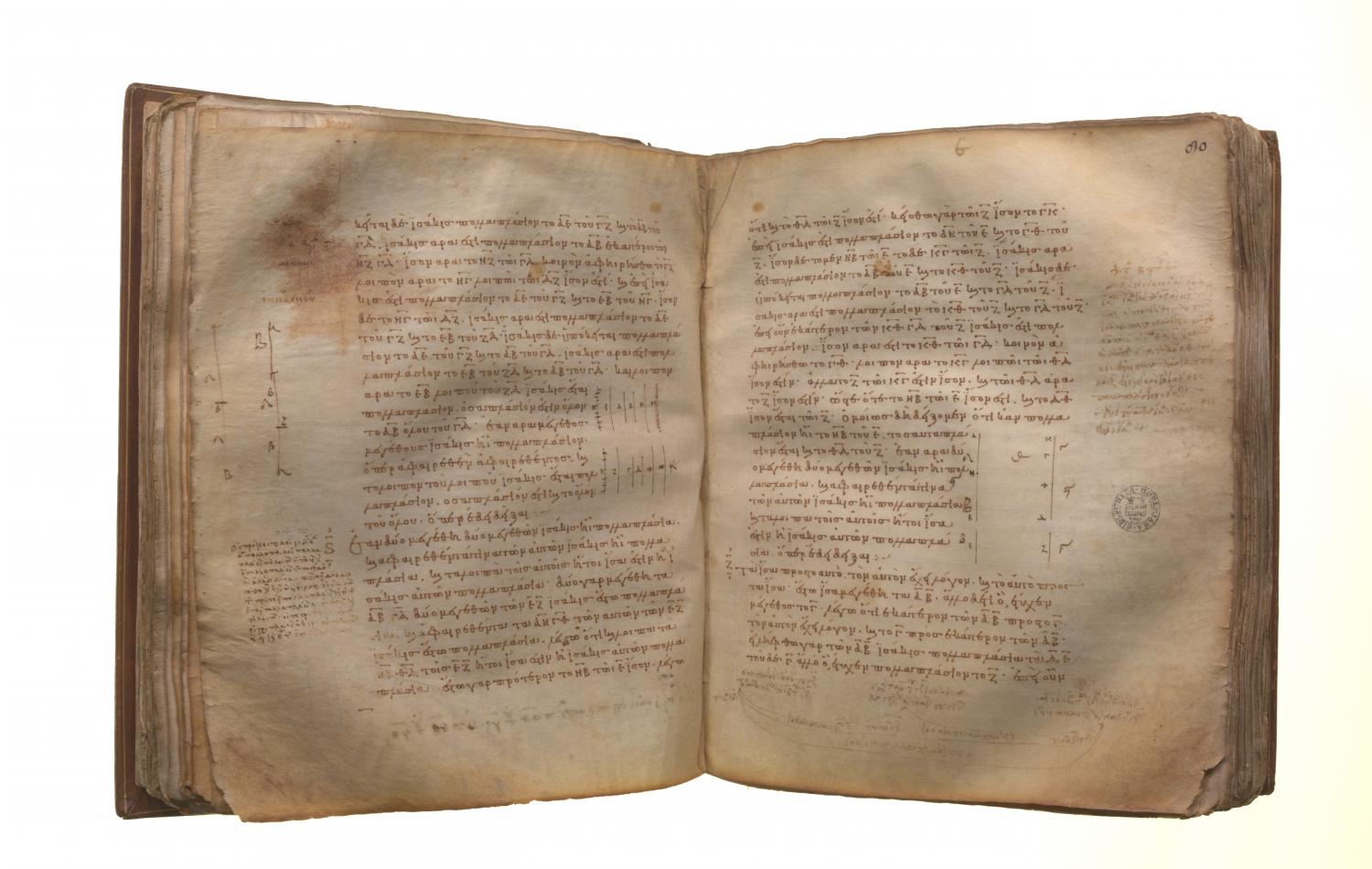Theory of proportions: Book 5 Proposition 5
Translations
If a magnitude be the same multiple of a magnitude that a part subtracted is of a part subtracted, the remainder will also be the same multiple of the remainder that the whole is of the whole. For let the magnitude AB be the same multiple of the magnitude CD that the part AE subtracted is of the part CF subtracted; I say that the remainder EB is also the same multiple of the remainder FD that the whole AB is of the whole CD. For, whatever multiple AE is of CF, let EB be made that multiple of CG. Then, since AE is the same multiple of CF that EB is of GC, therefore AE is the same multiple of CF that AB is of GF. [V. 1] But, by the assumption, AE is the same multiple of CF that AB is of CD. Therefore AB is the same multiple of each of the magnitudes GF, CD; therefore GF is equal to CD. Let CF be subtracted from each; therefore the remainder GC is equal to the remainder FD. And, since AE is the same multiple of CF that EB is of GC, and GC is equal to DF, therefore AE is the same multiple of CF that EB is of FD. But, by hypothesis, AE is the same multiple of CF that AB is of CD; therefore EB is the same multiple of FD that AB is of CD. That is, the remainder EB will be the same multiple of the remainder FD that the whole AB is of the whole CD.

